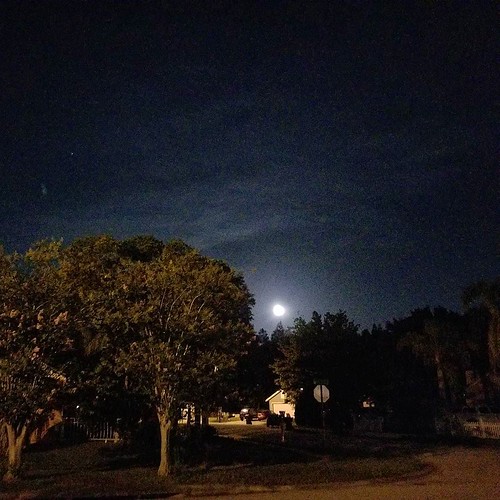tablished kinetochores. The underlying mechanisms for these observations are not yet known. Centromeric chromatin A hallmark of all eukaryotic centromeres is a specialized chromatin structure. Classical chromatin mapping experiments showed that the budding yeast centromere contains a 160- to 220-bp nuclease resistant core flanked by positioned nucleosomes. While most of the chromosome contains nucleosomes made of histone octamers composed of two copies PubMed ID:http://www.ncbi.nlm.nih.gov/pubmed/1979489 of H2A, H2B, H3, and H4 wrapped by two turns of DNA, centromeres contain a specialized nucleosome where H3 is replaced by a histone H3 variant originally named CENP-A. The budding yeast centromeric histone H3 variant is Cse4 and was initially shown to localize to the centromere by ChIP experiments. Higher resolution techniques later determined that there is a single, well-positioned nucleosome containing Cse4 that resides over CDEII. There are also additional Cse4 molecules around centromeres, and a challenge for the field is to determine the properties and number of Cse4 nucleosomes that contribute to kinetochore assembly and function. Cse4 can also incorporate into euchromatin, especially at sites of high histone turnover. Cse4 does not stably incorporate into euchromatin because its protein levels are tightly controlled by proteolysis via the Psh1 E3 ubiquitin ligase and additional mechanisms. In the absence of proteolysis, Cse4 levels increase and its overexpression in these cells leads to mislocalization throughout euchromatin and subsequent lethality. Like all histones, Cse4 is recognized and deposited into chromatin by a histone chaperone called Scm3 in budding yeast . Scm3 recognizes Cse4 through the centromere-targeting domain in the histone fold and mediates its incorporation into chromatin in vivo and in vitro. Scm3 also interacts with the Ndc10 component of the CBF3 complex, which can explain the specific deposition of Cse4 at centromeres. It is not yet known what chaperone incorporates Cse4 into euchromatin. In most organisms, CENP-A is deposited in G1 when Cdk1 activity is low, and the 822 S. Biggins timing of Cse4 deposition is probably similar. Fluorescence recovery after photobleaching experiments showed it is deposited during late G1 or early S phase. Although it was reported that Cse4 is also deposited during anaphase, the marker used for anaphase may not distinguish between late anaphase and G1. Consistent with this, other groups have not observed anaphase incorporation. Although Cse4 is an essential component of centromeric chromatin, the purchase MK886 precise composition of the Cse4 nucleosome is controversial. Cse4 is released from minichromosomes in 0.3 M NaCl, conditions that do not affect the binding of canonical H3 to DNA. In addition, Cse4 protects a smaller region of DNA at the centromere than a traditional H3 octamer when treated with the enzyme micrococcal nuclease, suggesting that the centromeric nucleosome is atypical. Consistent with this, it has been proposed that the centromeric nucleosome might exist as a hemisome for at least a portion of the  cell cycle. This was further supported by the observation that centromeric nucleosomes induce positive supercoiling at centromeres in vivo, which has been observed in archaeal tetrameric nucleosomes and is not compatible with the presence of negatively supercoiled histone octamers. However, alternative structures have also been proposed that could explain the smaller protected region of centromeric DNA. One posited that centro
cell cycle. This was further supported by the observation that centromeric nucleosomes induce positive supercoiling at centromeres in vivo, which has been observed in archaeal tetrameric nucleosomes and is not compatible with the presence of negatively supercoiled histone octamers. However, alternative structures have also been proposed that could explain the smaller protected region of centromeric DNA. One posited that centro
M2 ion-channel m2ion-channel.com
Just another WordPress site
